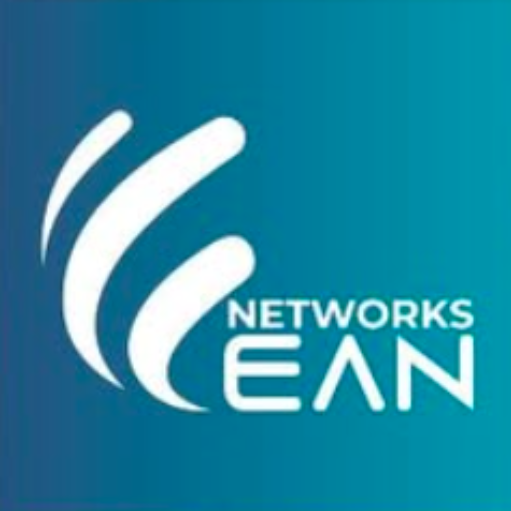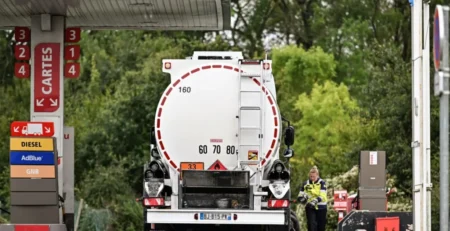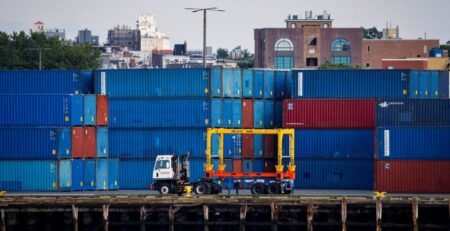Japan and U.S. Sign Digital Trade Pact to Streamline Supply Chains

By Maria Kalamatas — August 27, 2025
TOKYO — August 27, 2025. In a modest conference room overlooking Tokyo Bay, officials from Japan and the United States signed an agreement that could reshape the way goods flow across the Pacific. The deal, brokered between Japan’s TradeTech consortium and U.S.-based TradeWaltz, aims to digitize the Authorized Economic Operator (AEO) system and slash customs red tape that has long slowed cargo.
The memorandum of understanding (MoU) is not flashy, but its implications are significant. For years, exporters have complained of paperwork bottlenecks and duplicated inspections. By moving the process onto a shared digital platform, the two countries hope to accelerate clearances and cut costs.
“We lose days — sometimes weeks — just to reconcile data between systems,” said Naoko Fujimoto, a freight forwarder in Yokohama. “If this pact delivers what it promises, it will feel like jumping from the fax era straight into the cloud.”
A trade corridor in need of speed
The U.S.–Japan corridor remains one of the busiest in the world, carrying everything from Japanese cars and semiconductors to American agricultural exports. Yet logistics players often face mismatched documents and repeated compliance checks. Digital harmonization could reduce clearance times by 30 to 40 percent, according to early projections.
Private sector pressure
Both governments were nudged by private industry. Shippers in electronics and pharmaceuticals, where delays can cost millions, lobbied hard for a standardized digital customs process. Analysts say the agreement is also a response to China’s rapid progress in trade digitization, which has raised competitive pressure in Asia-Pacific.
Skepticism remains
Not everyone is convinced. Smaller exporters fear they will struggle with the transition to new platforms. “Digital trade sounds great, but many of us don’t have the IT staff to manage it,” warned Hiroshi Takeda, who runs a textile export firm in Osaka. “We need guarantees that this won’t just favor big corporations.”
Outlook
The pilot phase begins in late 2025, with ports in Tokyo and Los Angeles expected to test the system first. If successful, the model could expand to other bilateral corridors and even inspire a broader framework for digital customs across the Asia-Pacific.
For now, the ink is barely dry — but for shippers who have lived with paper-heavy trade for decades, this small signing ceremony may be remembered as the start of a new era in cross-border logistics.
The post Japan and U.S. Sign Digital Trade Pact to Streamline Supply Chains appeared first on The Logistic News.
Share this post
Related
Posts
VECTOR GLOBAL LOGISTICS – AMERICAN EXCELLENCE IN HUMAN AND PURPOSE-DRIVEN LOGISTICS
By Enrique Alvarez, Co-Founder and Managing Director, Vector Global Logistics In a world where logistics has become the backbone of the...
Rotterdam loosens up: lasher walkout paused, terminals race to clear the pile-up
Just after dawn, Rotterdam felt different. The lashers — the crews who climb up and lock stacks of boxes in...
Europe’s Roads Under Pressure as Fuel Costs Surge Again
Europe’s Roads Under Pressure as Fuel Costs Surge Again
The signs were subtle at first — longer queues at...U.S. Container Imports Slide in September as Tariff Fears Creep Back
On the East Coast docks last week, the stacks looked a little thinner. The September numbers confirm it: U.S. containerized...





